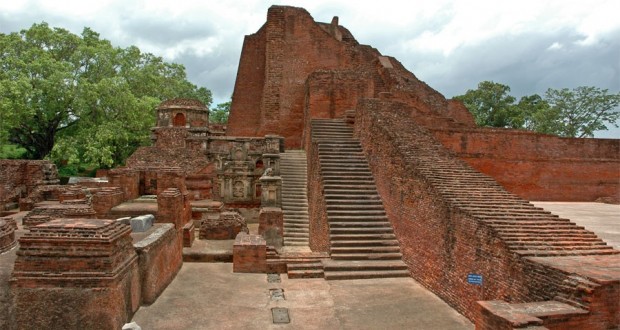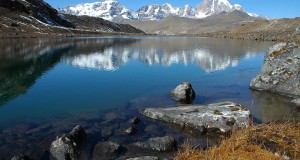The ruins of the world’s earliest known university can be seen here. Founded in the 6th century BC as a suburb of the Magadha capital, Nalanda later became a great centre of learning and one of the most famous university citadels of ancient times. Its importance as a monastic residential seat of learning continued unabated from the 5th century BC, 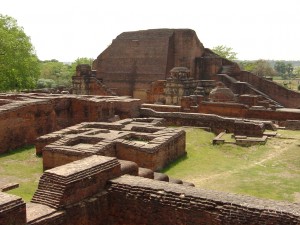 when the university was established, right through to the 12th century AD. When Hieun Tsiang, the Chinese chronicler, spent 12 years here in the early 7th century AD, there were 2000 teachers and 10 000 monks and students in residence. His account of life in the vihara (monastery) is vivid: The day is not sufficient for the asking and answering of profound questions. From morning till night they [the students] engage in discussion; the old and the young mutually help each other. Those who cannot discuss questions out of the Tripitaka are little esteemed and are obliged to hide themselves for shame.
when the university was established, right through to the 12th century AD. When Hieun Tsiang, the Chinese chronicler, spent 12 years here in the early 7th century AD, there were 2000 teachers and 10 000 monks and students in residence. His account of life in the vihara (monastery) is vivid: The day is not sufficient for the asking and answering of profound questions. From morning till night they [the students] engage in discussion; the old and the young mutually help each other. Those who cannot discuss questions out of the Tripitaka are little esteemed and are obliged to hide themselves for shame.
Nalanda produced some of the most prestigious and learned scholars of the ancient oriental world, and the university was heavily patronised by the Pala Kings of East India between the 8th and 12th centuries. Then, in AD 1199, the Muslim invader Bakhtiyar Khilji swept down from the north and attacked Nalanda. He massacred the priests, slaughtered all the residents, plundered the rich university, and burnt down the famous library. This wholesale destruction 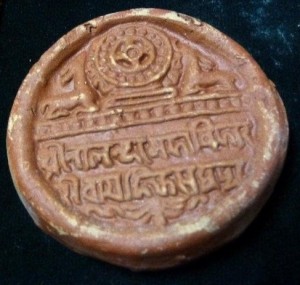 sounded the death knell of Buddhism in India.
sounded the death knell of Buddhism in India.
Today, Nalanda lies in ruins. Careful excavations have uncovered a large area of stupas, stairways, decorated panels, lecture halls, dormitories, nine levels of occupation and six monasteries. Looking at them, one is hard pressed to imagine Hieun Tsiang’s description of: …precious terraces spread like stars and jade pavilions spired like peaks. The temple rose into the mists and the shrine halls stood high above the clouds. Streams of blue water wound through the parks, green lotus flowers sparkled among the blossoms of sandal trees, a mango grove spread outside the enclosure. The beams were painted with all the colours of the rainbow and were carved with animal designs while the pillars were red and white.
Yet, in its heyday, this was the greatest oriental centre of learning and art. Mahavira, founder of the Jain religion, lived here. So did Buddha, when he visited the university to preach his doctrine of dharma. And king after king built monasteries and temples on the site, adorning it with the most fabulous gifts and dedications.
WHAT TO SEE
At Nalanda bus-stand, arrange a horse-drawn tonga for the 10-minute ride up to the 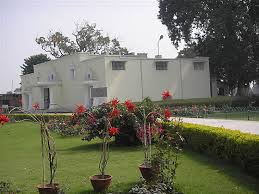 archaeological site. Here, call in on the Nalanda Museum (9 am-5 pm) with its fine collection of Buddhist and Hindu relics recovered from the ruins. Most exhibits are stone or bronze, and date from the 7th to 15th centuries AD. In addition to the Great Seal of the Nalanda University, there’s an artistic 10th-century panel depicting the l0 avatars of Vishnu, and a fun panel entitled Mythical Wild Woodman Enjoying Wish-Fulfilling Dreams. Also giant swastika carvings, copper-plate and stone inscriptions, coins and pottery. Open 9 am-5.30 pm daily, admission Rsl.
archaeological site. Here, call in on the Nalanda Museum (9 am-5 pm) with its fine collection of Buddhist and Hindu relics recovered from the ruins. Most exhibits are stone or bronze, and date from the 7th to 15th centuries AD. In addition to the Great Seal of the Nalanda University, there’s an artistic 10th-century panel depicting the l0 avatars of Vishnu, and a fun panel entitled Mythical Wild Woodman Enjoying Wish-Fulfilling Dreams. Also giant swastika carvings, copper-plate and stone inscriptions, coins and pottery. Open 9 am-5.30 pm daily, admission Rsl.
Entering the site of the university, make for the Great Stupa . This 31-m high ruin has terraces, steps and is surrounded by a number of intact votive stupas. Climb to the top for best view of the university complex. Only part of this vast area has yet been excavated. At the base of the stupa, scout round for the famous panel of an elfin-like Buddha which is Nalanda’s finest surviving treasure.
On the other side of the open clearing, the only other raised point, visit the chaitya (temple) site. 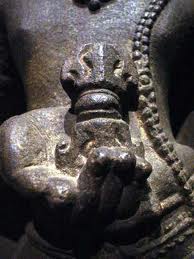 This is surrounded by a mass of small circular brick stupas, and features, near the top, a pair of beautiful portal pillars.
This is surrounded by a mass of small circular brick stupas, and features, near the top, a pair of beautiful portal pillars.
Now walk down to the monasteries. These were generally built on the ancient Kushana-age pattern, comprising a row of cells on four sides of a central courtyard. The best example, No. 11, has a distinctive central chaitya and a twin set of chambers with vaulted brick walls. Another has a beautiful brick well and a set of double-ovens chiselled into the courtyard floor. You’ll notice that the site comprises parallel rows of temples and monasteries. This was a deliberate device, which allowed the disciples to move from one to the other, worshipping and studying alternately.
Although a couple of hours will be sufficient, wandering round these vast ruins gives only a faint idea of what their original splendour must have been. Yet Nalanda is the only monastery complex of its day not to have been completely destroyed. In view of its historical and archaeological importance, an international centre of Buddhist studies was established here in 1951.
WHERE TO STAY
It is best to stay in Rajgir, 15 km (9 1/2 miles) away. If stuck, try the Burmese Rest House about 5 minutes by tonga beyond the museum. It’s cheap but often full. There is a Youth Hostel, with rooms from Rs50, and it’s sometimes possible to get rooms in the Pali Institute.
GENERAL INFORMATION
The tourist office (tel 29) is in new Nalanda (Bargaon), near the bus-stand.

